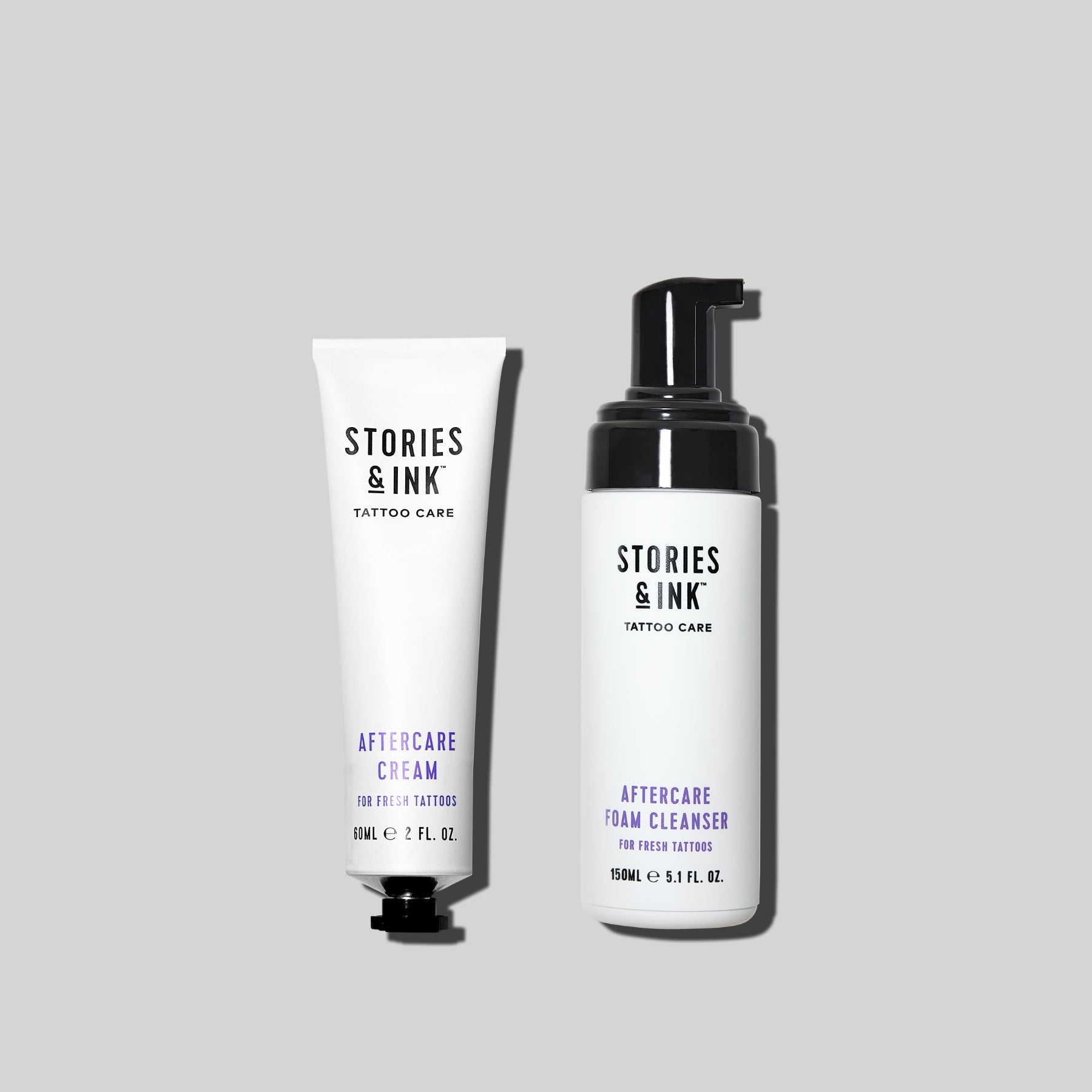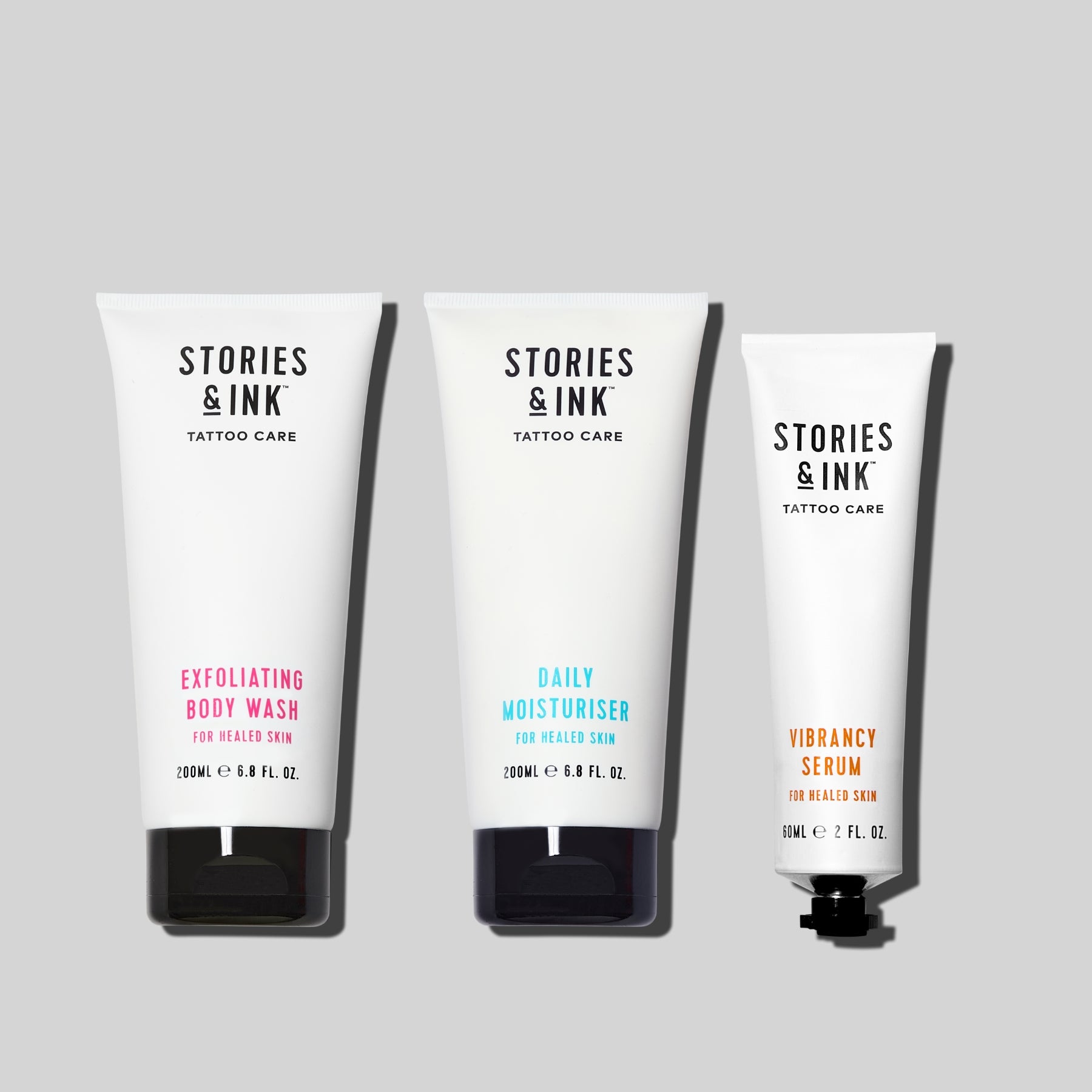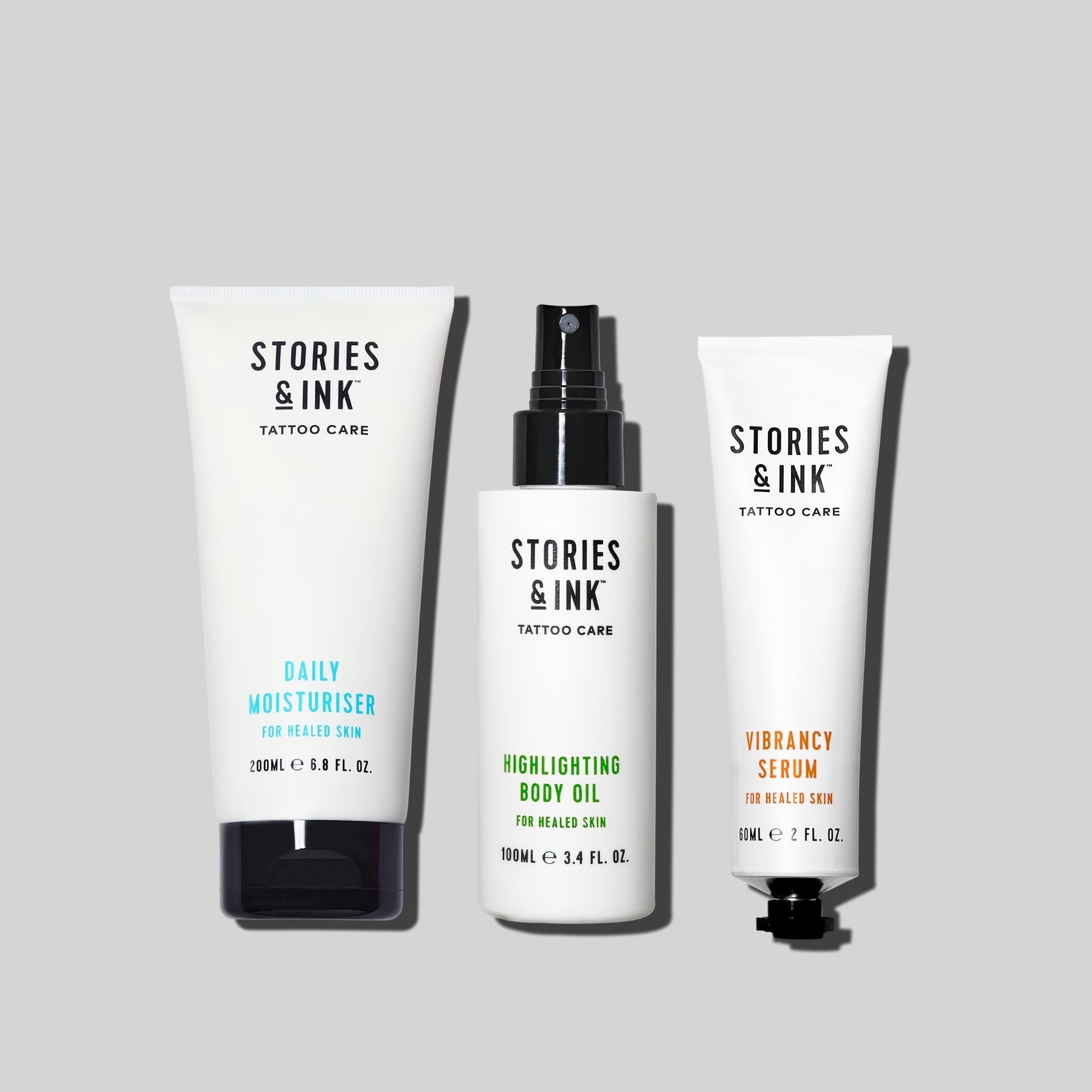“Well, you wouldn't burn or bury a Picasso”
Would you want your tattoo cut off, preserved, framed and hung on a wall once you’re dead? A father and son mortician team is doing just that: removing tattoos from dead people, then preserving them to become a forever keepsake, a memory to last beyond that of a finite body. Tattoos, of course, usually only last as long as their wearer, but seeing so many works of art cremated or buried in graves, Kyle Sherwood – a third generation embalmer and funeral director who’s based in the US – and his father, Michael, set up Save My Ink Forever to preserve people’s tattoos after they die. We had a chat with Kyle to find out more…
What inspired you to start preserving dead people’s tattoos?
There’s families who say they can't imagine getting an urn, and the funeral director saying, “here you go, this is your husband”. We visit a headstone that just has a name on it. With this, you have a piece of that person, something that was truly important to them. There’s also the fact that some tattooists are modern-day Michelangelos. They don't get the credit they deserve because their medium is ink and skin. Up until now, their legacy was through photographs, tattoos usually die with the person, and you wouldn't burn or bury a Picasso. So these tattoos can be physically seen for generations to come – some could even end up in museums.
In Victorian times, people made necklaces out of hair. Mothers save pieces of umbilical cord, you save your child's teeth for the tooth fairy, people put ashes on the mantel. And if you break it down, embalming is the preservation of an entire person. Some people have the cost of a house invested in their tattoos.
How did you hone the skill before you launched?
We paid for people to have tummy tucks. They’d get tattoos on the area of skin that would be removed, then they donated that skin to us to practise on in exchange for the operation.
How does it work, do people get in touch with you before they die?
Not necessarily, but they can. Sometimes, the family reach out to us to say they’d like to have this done. So it's not something you have to plan ahead of time.

Is there a finite amount of time that the tattoo can be saved once the person has died?
We need to be notified within 48 to 72 hours of the person passing. The tattoo doesn't have to actually be excised within that time frame, but we like to be notified because there’s a lot of paperwork involved before we can even get to that step of removing the tattoo. The individual is placed in refrigeration, and so that delays the natural processes that your body goes through. The tattoo can be excised prior to or after embalming.
What do people do with the tattoo once they have it back?
We frame it and people will sometimes make memorials within their home. Some people just hang them up with other photos and you don't even don't even know the difference.
So you can’t tell it’s skin once it’s been preserved?
It looks more like parchment. You can’t tell it’s skin unless you have something obvious that takes the shape of the person, like a full back piece and sleeves. We've preserved everything from tiny tattoos to full body suits.

Any memories of unusual tattoos that you’ve preserved?
It's hard to say what classifies as unusual. One of the tattoos that I liked was a man who passed away and he had the handprint of his child tattooed on him. The child was still young, so his wife thought that having the handprint tattoo preserved would be something that his child would like to have. They didn't get to spend much time together, so it’s a testament to that dad’s love for their child. There’s always a story. Another example is a mother and daughter who had matching frogs. The mother had got a frog tattoo to symbolise her sobriety – frogs don't drink – so it's just funny to hear why people get some of the tattoos that they do. The frog symbolised something that was important to them, something they shared.
Do you think this process could open up the conversation about death and dying?
Death has always been a taboo issue that no one wants to talk about. And up until recently, tattoos have been taboo, too. I guess we’ve taken two taboo subjects and slammed them together. People who’ve got tattoos back like the idea that it helps their loved one’s story live on, and that helps with their grieving process. When they see that tattoo, it triggers memories. That's symbolic, because our loved ones live through our memories. You can't create new memories with them, and having something of them that triggers those positive memories has been good for those people.

We’re based in the UK, is it something that can be done over here too?
The family can send us an email to start the conversation. We then go over pricing and how it will work. From there, we’ll coordinate with the funeral home. We send detailed instructions to the embalmers. We have an instructional video on how to properly remove the tattoo and we send a kit out to them, which the tattoo goes in, to be kept safe until it is then shipped back to us. It turns out you can ship a lot of things as long as you comply with regulations. The process takes about three months. The framing is done up to archival standards – so UV protective glass, you know, museum quality.
To find out more visit Save My Ink Forever’s website, or give them a follow on Instagram @savemyink4ever





